Hiking Checklist: Important Items to Bring on Your Outdoor Adventure
Hiking is a great way to explore nature whether you go alone or with someone that shares the same passion as you. There are a ton of places where you can start your adventure. It can be a national park or you can go deep into the mountains. Nevertheless, you need to be prepared if your hiking plan includes sleeping outdoors for a night or two. For that purpose, we’ve created a hiking checklist to make sure you have everything you need.
The Right Hiking Tent and Sleeping Bags
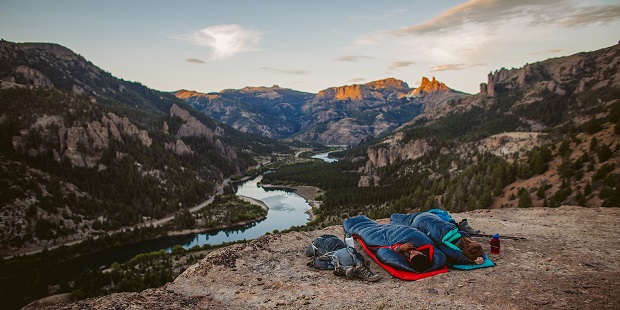
The gear you take with you shouldn’t be a distraction. For that reason, hiking tents are made super lightweight so that you can carry yours around with ease. Usually hiking tents are big enough to accommodate two people, but you can use it on your own too if you want extra space.
Considering how unpredictable weather can be especially when you’re out there in nature, always choose high-quality hiking tents made from materials that ensure nothing penetrates the barrier. Make sure that the insides are made from high tenacity nylon while on the outside there’s an additional waterproof coating that lasts quite long and protects the fabric. Also, check if the seams are factory taped with the help of heat in order to prevent any possible leakage and avoid seams that are stitched. You’d also want to make sure that the bottom is waterproof and keeps you dry no matter how bad the weather gets.
Today, most tents have a pole system that is quite strong, basically indestructible, even when strong winds are in question, although, you should use fasteners too as an additional reinforcement. When it comes to the size, make sure that the tent leaves you with maximum space to rest and sleep comfortably, but also to store your gear. The entrances should preferably have a special mechanism able to direct the running water away in case it rains. You may also want to look for adjustable end vents that allow you to either fully close the tent or leave the fly completely open in order to gaze at the stars when the sky is clear.
Generally, hiking tents are easy to set up and pack when you’re ready to leave. Most of them come with a transportation bag which adds to the convenience. All of these features are what you need to be looking for in a hiking tent. The last thing you want is a tent malfunction while you’re in the middle of nowhere.
Then again, if you want to make your experience as comfortable as possible and avoid the risk of freezing at night when the temperatures drop, you should take a sleeping bag too. Same as the tent, sleeping bags are designed to be lightweight and waterproof – ideal for hikers and campers. With the help of the sleeping bag, you get additional isolation and comfort so that you’re able to sleep soundly.
A Backpack and First Aid Kit
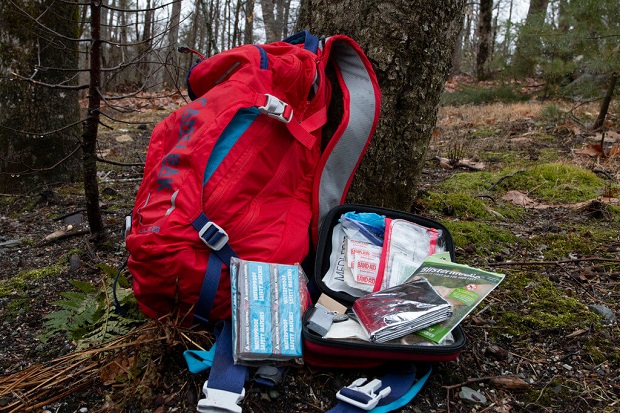
The backpack is a must and the accessory that helps you carry around all the essential small items you need like your phone, keys, pocket knife, food supply, power sources and the first aid kit of course. Hiking backpacks are made from strong and durable materials (usually waterproof) and have quite a big storage capacity.
The many outer pockets allow you quick access to the most important things while the insides are also compartmentalized for better organization. The external straps are adjustable so that the backpack feels pleasant when you’re carrying it and it’s equipped with an easy-to-open system meaning you can open and close it without putting in much effort.
When it comes to the first aid kit, it needs to contain bandages, antibacterial ointment, medical tape, ibuprofen, pads and antihistamines if you get an allergic reaction. It’s important to have a kit so in case an accident happens you can clean and cover the wound.
Navigation and Power Sources
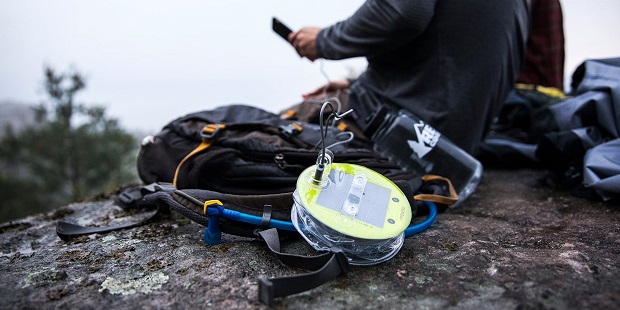
Navigation is a hiker’s best friend. I mean, no matter how good you know the terrain, navigation can come quite handy if you happen to end up at an unknown trail. You should bring a map with you and a compass too. It also helps if you pay attention to the road and notice details and correlate them with what you see on the map. To some point, your phone can help you too but you shouldn’t rely on it only because it may not work as it is supposed to due to the weak signal on high altitudes and among trees.
And for when the night falls, pack as many flashlights, lamps and batteries to charge your phone or other devices you might be carrying with you. Also, don’t forget about the importance of choosing a headtorch with the right features. They’re all lightweight and convenient so you won’t be bothered by them instead you’ll be able to enjoy your adventure with full illumination and with all your gadgets.
Extra Clothes and Proper Hiking Boots
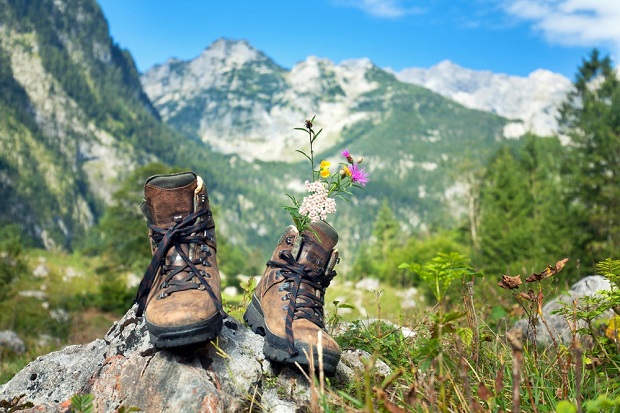
You should make it your habit to also bring extra clothes in case you get wet or cover the ones you wear with mud and dirt. Pick only fundamental pieces for layering and a windbreaker. The clothes should be made from breathable materials that dry off quickly and absorb moisture. And for better functionality make sure they have plenty of pockets.
Hiking boots are made especially for hiking, as the name suggests. They offer proper support to your feet and ankles, are slip-resistant and keep you dry and warm. The whole hiking experience is more pleasant when you have the right shoes on that offer nothing but comfort.
And Don’t Forget to Bring Enough Food and Water!
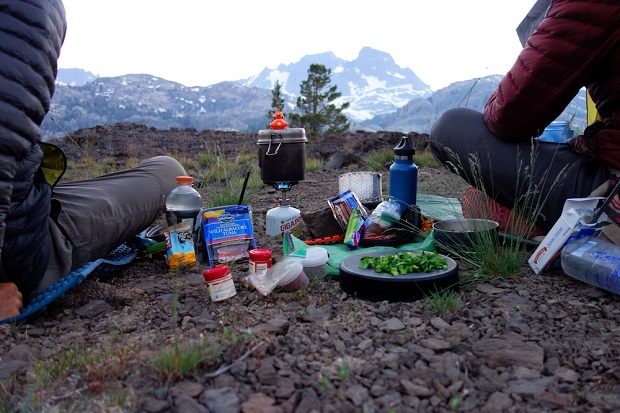
Last, but not least – food and water supply. Having enough food and clean water to drink is maybe the most important thing when you’re hiking. You’re far away from stores that sell food and drinks and you can only rely on what you packed in your backpack. Ideally, you’ll want food that doesn’t require preparation like fruits, nuts, granola and energy bars, a sandwich or cooked meat. You won’t always have the chance to cook so it’s best if you’re prepared. Even if you’re planning to hike multiple days you still have options like ready-to-eat cereal, canned fish meat or vegetables, puree etc.
The golden rule is to always bring a bit more food and water that you think you’re going to need. That way, in case your hike doesn’t go as planned and you stay longer, you won’t starve or dehydrate.



